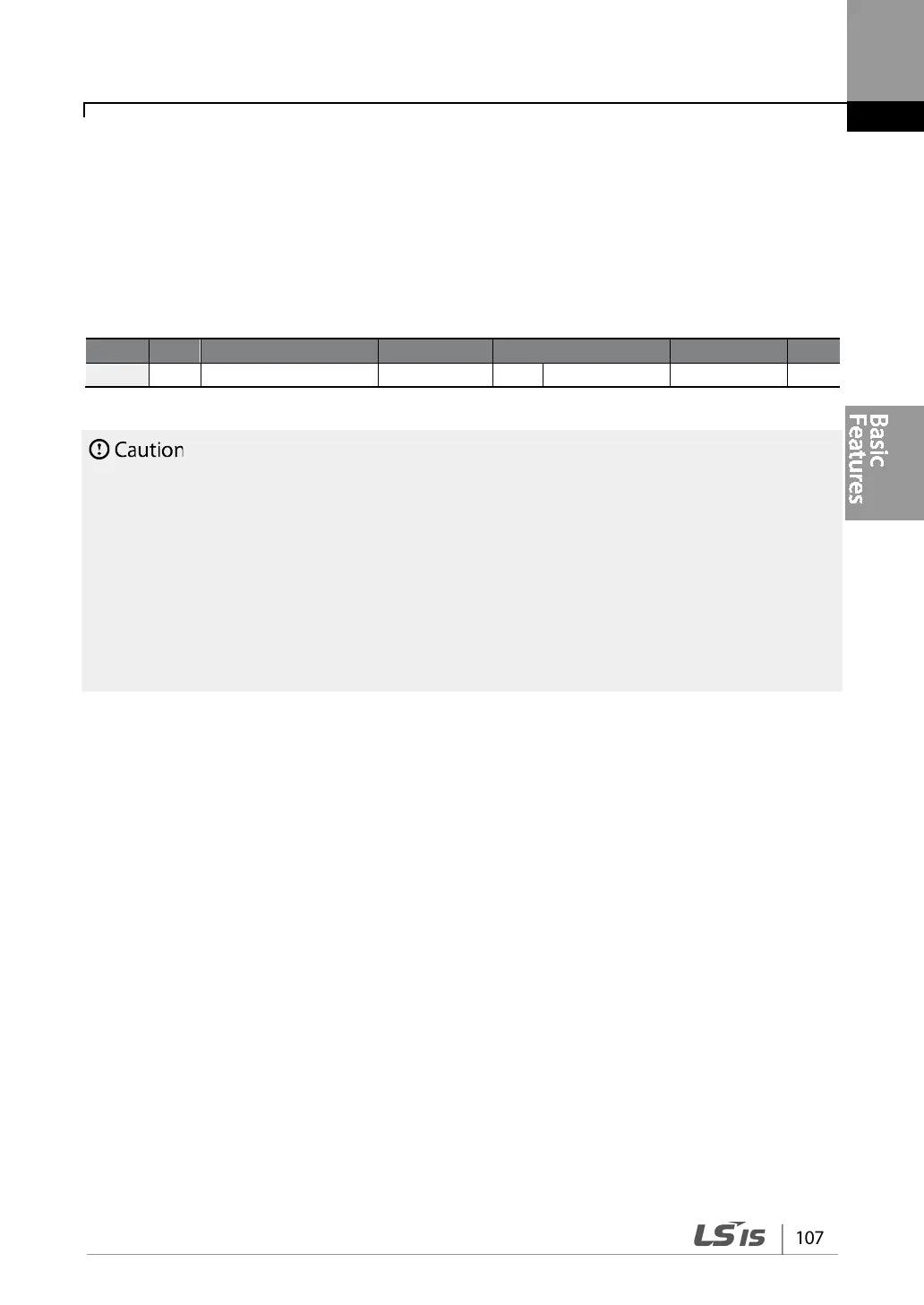4.17.4 Power Braking
When the inverter’s DC voltage rises above a specified level due to motor regenerated energy, a
control is made to either adjust the deceleration gradient level or reaccelerate the motor in order
to reduce the regenerated energy. Power braking can be used when short deceleration times are
needed without brake resistors, or when optimum deceleration is needed without causing an
over voltage fault trip.
• To prevent overheating or damaging the motor, do not apply power braking to the loads that
require frequent deceleration.
• Stall prevention and power braking only operate during deceleration, and power braking takes
priority over stall prevention. In other words, when both PRT-50 (stall prevention and flux braking)
and ADV-08 (power braking) are set, power braking will take precedence and operate.
• Note that if deceleration time is too short or inertia of the load is too great, an overvoltage fault trip
may occur.
• Note that if a free run stop is used, the actual deceleration time can be longer than the pre-set

